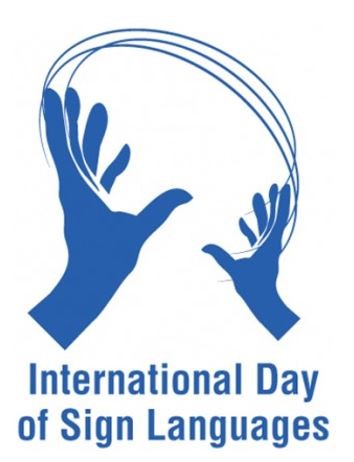Free Courses Sale ends Soon, Get It Now


Free Courses Sale ends Soon, Get It Now



Disclaimer: Copyright infringement not intended.
Context
Details
History of World Sign Language Day
Sign Language: A Unique Language of Expression and Inclusion
Historical Background:
Linguistic Structure:
Types of Sign Languages:
The Importance of Sign Languages
Conclusion
Sign language is a unique and vibrant form of communication that enriches the lives of Deaf and hard of hearing individuals. It is not just a means of conveying words; it is a gateway to culture, identity, and inclusion. Recognizing the importance of sign languages and promoting their use is essential for creating a more inclusive and accessible world for all. Sign language is not just a language; it's a celebration of diversity and a testament to the resilience of Deaf communities worldwide.
|
PRACTICE QUESTION Q. Which of the following statements about World Sign Language Day is/are correct?
Options: A) 1 and 2 B) 2 and 3 C) 1 and 3 D) 1, 2 and 3 Answer: A) |
© 2024 iasgyan. All right reserved